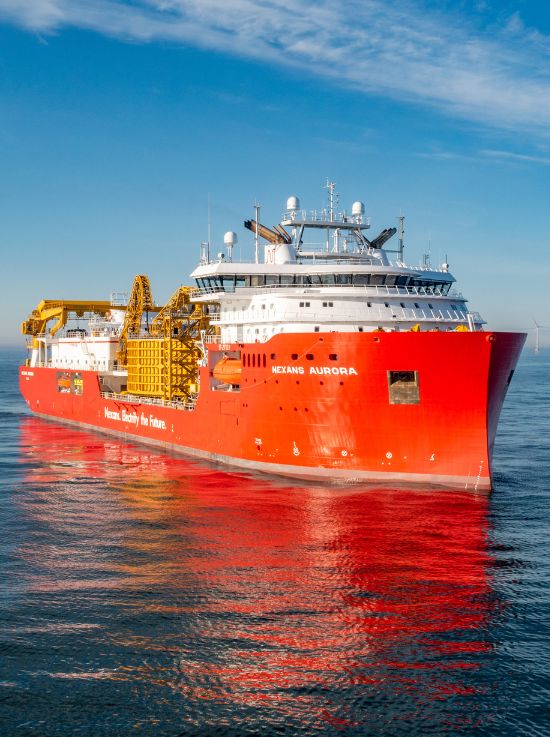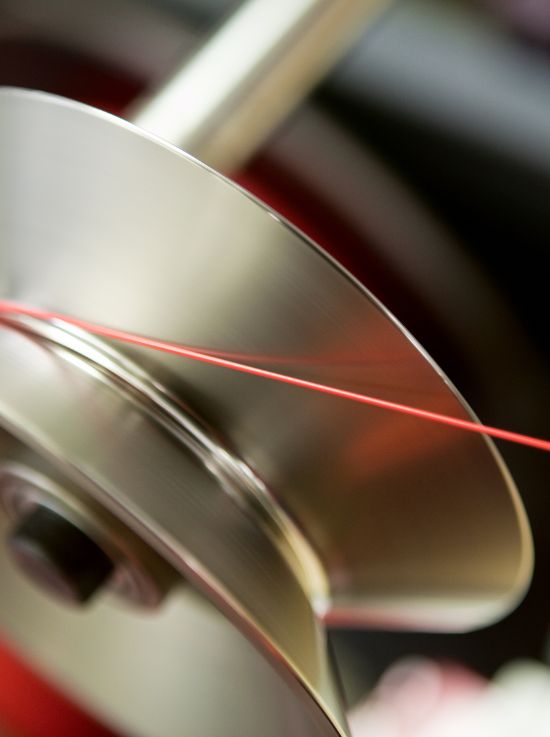- Nexans launches a new high-voltage cable range for aircraft that aligns with aerospace industry requirements to be carbon neutral by 2050.
- The new cable range has a higher power density, with partial discharge free operation over a wide range of voltages and altitudes.
- As part of the “Clean Aviation” partnership, Nexans will play a significant role in reaching the program’s energy efficiency and emissions goals, leading to a potential reduction of up 90% in emissions varying by the type of aircraft.
Nexans, a leader in the design and manufacturing of cable systems and services, has launched a new high-voltage cable range for aircraft. With an efficiency higher than the previous generation, this cable family is a decisive step to reaching the carbon neutral objective in the aerospace industry by 2050.
The need to consume less fuel is rapidly growing, driving the aerospace industry to change mobility technologies to alternative hybrid-electric aircraft. To support the next generation of aircraft, Nexans new high-voltage cables allow for a higher level of power without increasing the conductor’s diameter and weight.
Previewed at the Paris Air Show, Nexans new high-voltage cables for electrical and hybrid aircraft, and E-VTOL (Electrical Vertical Take-Off and Landing Vehicules) fit the requests from the Aerospace industry to reduce its carbon footprint, and the agenda of the French governement and the European commission to develop an innovative solution to integrate electrical and hybrid engines in aircraft.
Nexans high-voltage cables are 20 times more efficient than standard aircraft cables. They can be used from 600V to 6,000V (AC, DC, PWM) when the standard aircraft voltages are ranging from 28V DC to 115V or 230 AC. They have higher power density (power/mass), using a patented design with semi-conductive and high resistivity layers which are extruded as sandwich layers. This guarantees a partial discharge free operation over a wide range of voltages and altitudes. A partial discharge is an electrical discharge that partially bridges a gap between a high-voltage conductor and a low-voltage conductor. Partial discharge causes degradation and can lead to system breakdown.
This new step represents a major advancement for power transmission systems and the development of innovative and sustainable cable solutions in the aerospace sector. Nexans is applying its expertise to the development of multiple new-generation electrical technologies that are an integral part of sustainable flight. We are developing high-voltage cables to pave the way for the reduction of carbon emissions across the sector.
Aerospace Technical Director, Nexans
As part of the “Clean Aviation” partnership, Nexans will play a significant role in reaching the program’s energy efficiency and emissions goals, leading to a potential reduction of up 90% in emissions varying by the type of aircraft.
Nexans’ high voltage cables will be produced at its Draveil site in France, which employs 260 people.





